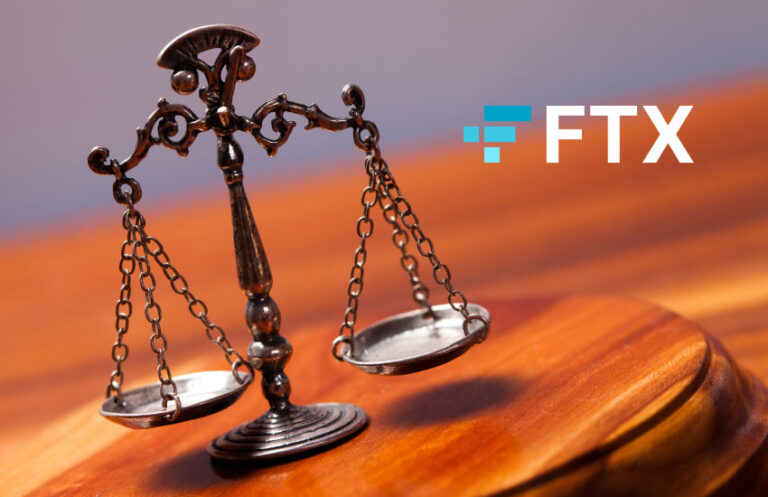
Source: www.ledgerinsights.com
Today, the Securities and Exchange Commission (SEC) filed a lawsuit against Sam Bankman-Fried, alleging that he defrauded equity investors in FTX Trading.
“Early on, Bankman-Fried improperly diverted client assets to its private crypto hedge fund, Alameda Research LLC (“Alameda”), and then used those client funds to make undisclosed risky investments, lavish purchases of real estate and big political interests. donations,” the complaint says.
In addition, it alleges that Alameda had special treatment on the FTX platform, including an unlimited line of credit. And it did not disclose the risks related to FTX-affiliated tokens such as FTT.
“We allege that Sam Bankman-Fried built a house of cards on a basis of deception while telling investors it was one of the safest buildings in crypto,” SEC Chairman Gary Gensler said. “The alleged fraud committed by Mr. Bankman-Fried is a wake-up call to crypto platforms that they must comply with our laws.
FTX transfers to Alameda: the mislabeled account
We’ve written a couple of times about the dubious treatment of customers who transfer money to Alameda because FTX didn’t have a bank account. The fact that Alameda didn’t just give FTX the equivalent amount in stablecoins was highly questionable. Furthermore, the SEC alleges that Bankman-Fried knew exactly what was going on.
From the complaint:
“In 2022, FTX began trying to separate the portion of Alameda’s liabilities in the ‘fiat@ftx.com’ account from the portion attributable to FTX (i.e., to separate customer deposits sent to Alameda-controlled bank accounts from deposits sent to bank accounts controlled by FTX). Alameda’s portion, which amounted to more than $8 billion in FTX client assets that had been deposited into Alameda-controlled bank accounts, was initially moved to a different account in FTX’s database.”
“However, because this change caused FTX’s internal systems to automatically charge interest from Alameda on the liability of more than $8 billion, Bankman-Fried directed that Alameda’s liability be moved to an account that was not accounted for. they would charge you interest. This account was associated with a person who apparently had no connection to Alameda. As a result, this change had the effect of further obscuring Alameda’s responsibility for FTX’s internal systems.”
Special treatment Alameda
The lawsuit alleges that Bankman-Fried directed someone to write code to allow Alameda to have a negative balance without providing collateral. The SEC claims that no other customer was entitled to have a negative balance. And that negative balance is essentially a line of credit from other FTX clients. Bankman-Fried also ordered that a code be written to exempt Alameda from the liquidation rules.
When the cryptocurrency crash of May 2022 hit, Alameda had to pay back the loans and needed more funds. Thus, billions of FTX client funds were used. The SEC alleges that Bankman-Fried was concerned that Alameda’s lenders would see the size of the intercompany balance, so it ordered Alameda to hide it. After this happened, Bankman-Fried allegedly still ordered Alameda to draw on the line of credit to make loans to himself and other employees.
The total amount lent to Bankman-Fried between 2020 and September 2022 was $1.338 billion.
If convicted of the SEC charges, Bankman-Fried will not go to jail. Instead, he has to hand over the proceeds and will be barred from issuing securities or being a corporate officer in the future. The SEC stated that the CFTC will also file charges.
However, the criminal charges come from the Department of Justice, which opens its lawsuit today. That’s the one that led to Bankman-Fried’s arrest.
Read More at www.ledgerinsights.com